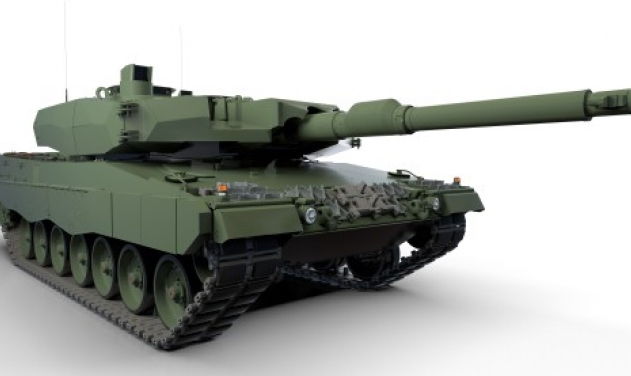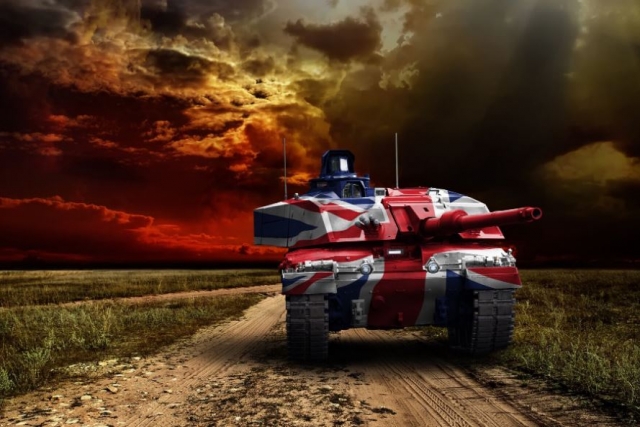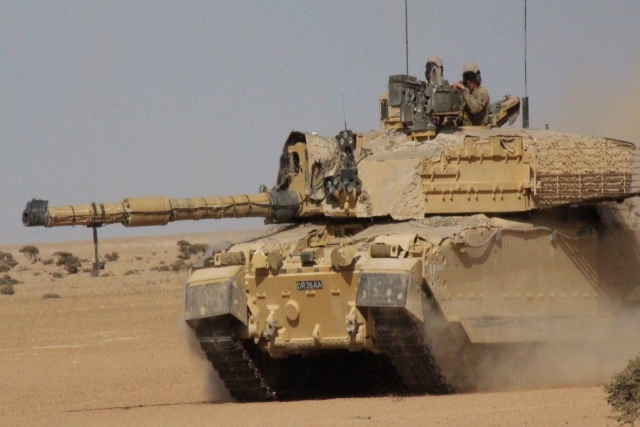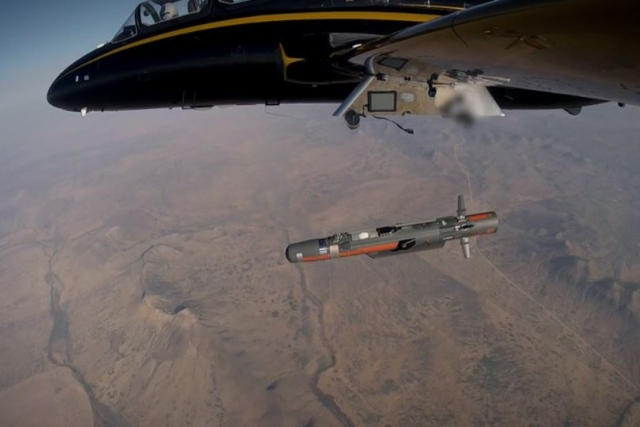Depleted Uranium Shells in Challenger 2 Tanks Meant For Ukraine, Russia Alarmed
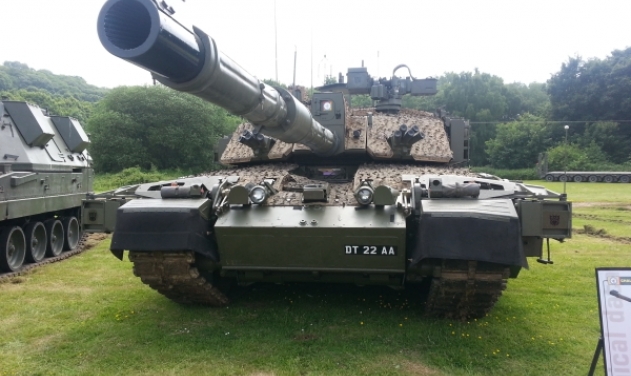
The United Kingdom will transfer armor piercing rounds containing depleted uranium (DU) as part its Challenger 2 tanks giveaway to Ukraine.
Annabel Goldie, British Deputy Minister of Defense, confirmed the transfer of DU shells to Ukraine while answering questions on the government website of the UK Parliament.
"Alongside our granting of a squadron of Challenger 2 main battle tanks to Ukraine, we will be providing ammunition including armor-piercing rounds which contain depleted uranium. Such rounds are highly effective in defeating modern tanks and armored vehicles,” Annabel Goldie stated.
Alarmed Russian diplomats in London said, "this step (of providing DU shells) is fraught with risks of further escalation of the conflict. Radioactivity, high toxicity and carcinogenicity of such weapons are well-known," TASS quoted embassy officials as saying.
The Challenger 2 tanks, which the UK has promised to hand over to Ukraine, are armed with a L30 120mm rifled gun with a 55 calibers barrel.
The gun can be used to fire British-made L26, L27, L28 and L29 besides modern L29A1 ammunition equipped with an armor-piercing core made of depleted uranium.
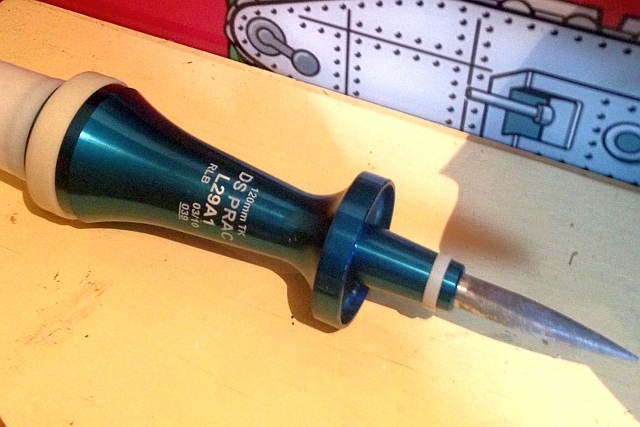
The term “depleted uranium” means a by-product of the release of a radioactive isotope of uranium U-235 for nuclear power and weapons. This metal, after the extraction of the active isotope has 40% less radioactivity than natural uranium.
DU-included shells have a high armor-piercing capability and cause significant armor destruction.
However, their use in urban areas is fraught with danger as these shells are often fired at buildings and infrastructure.
Russian Defense Minister Sergei Shoigu said NATO had already used such munitions "during the [1999] events in Kosovo, Serbia. There were consequences for the health of those who used those munitions. There were serious health conditions, and they were studied. However, they did not examine what kind of effect the munitions had on those against whom they were used," the minister told a local TV channel.
